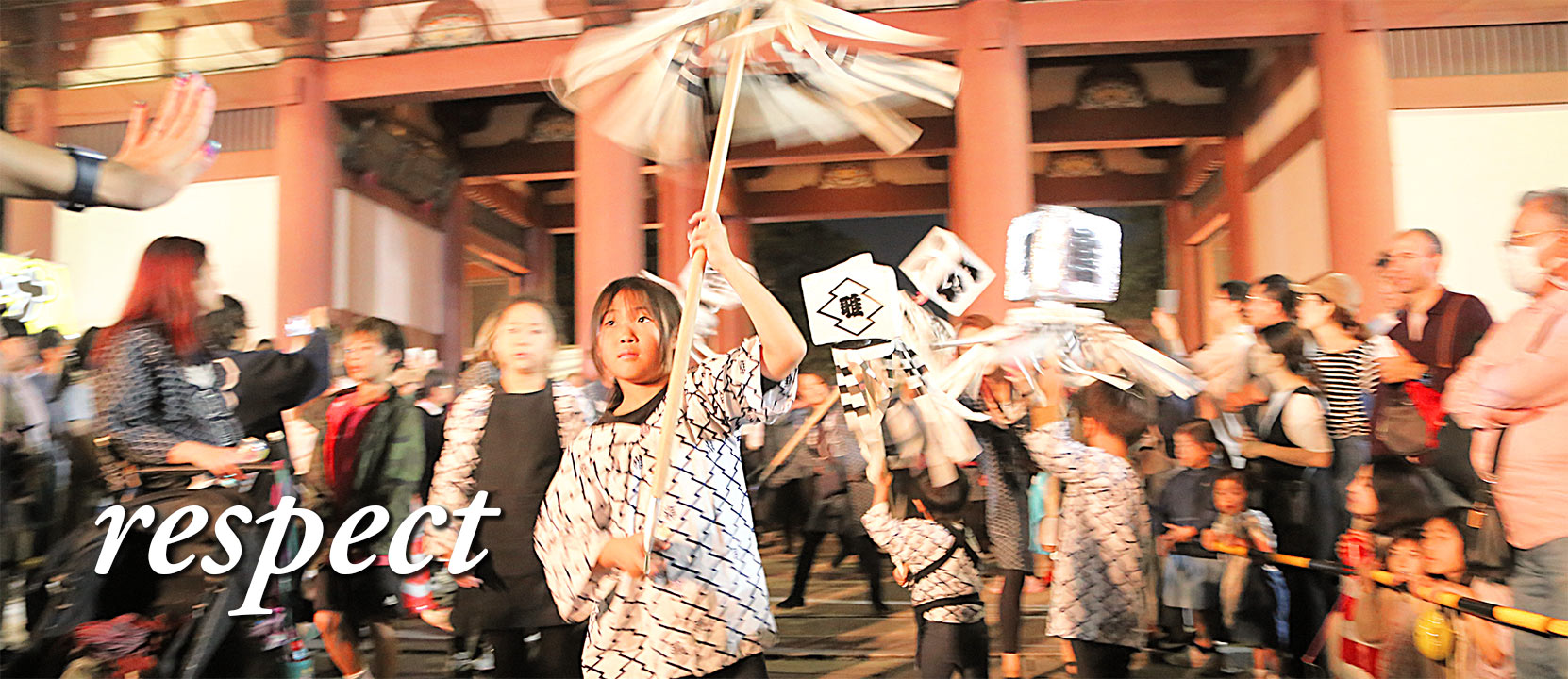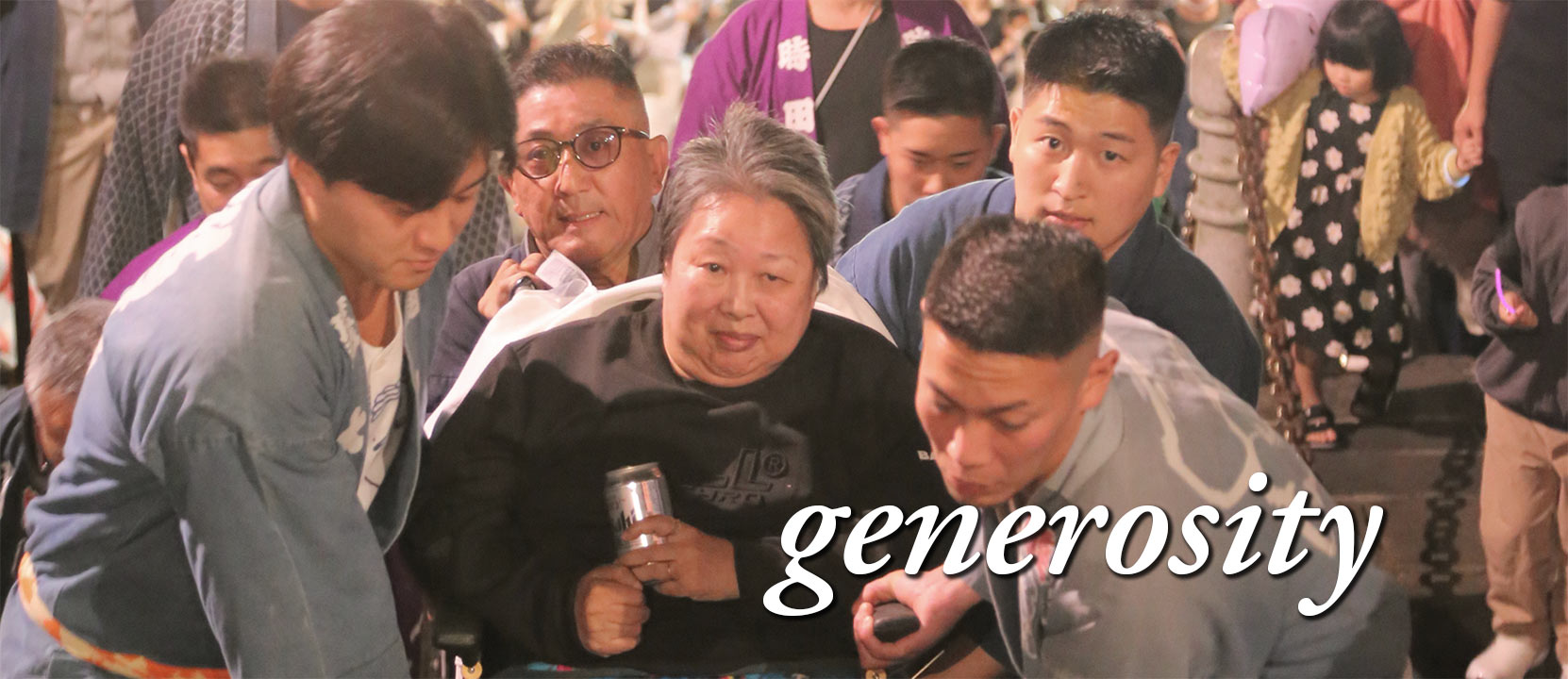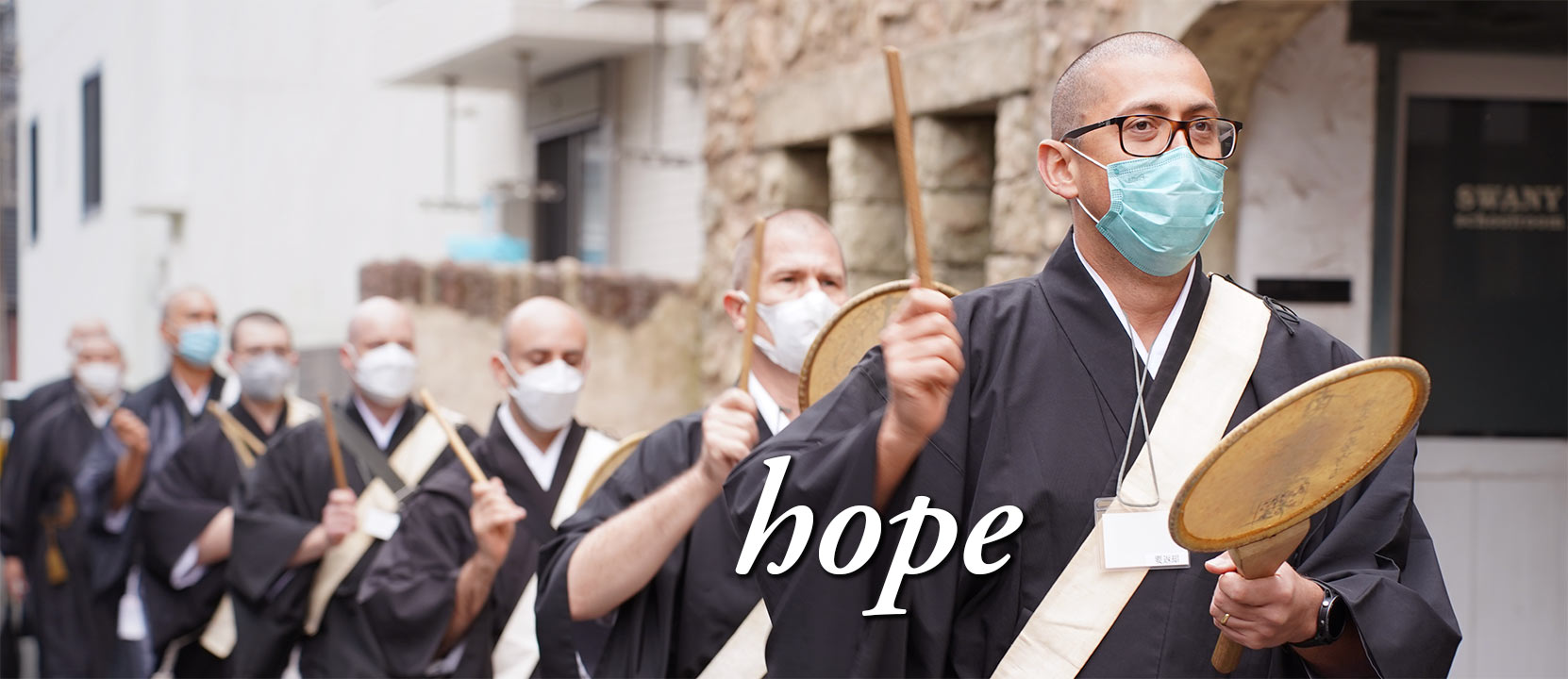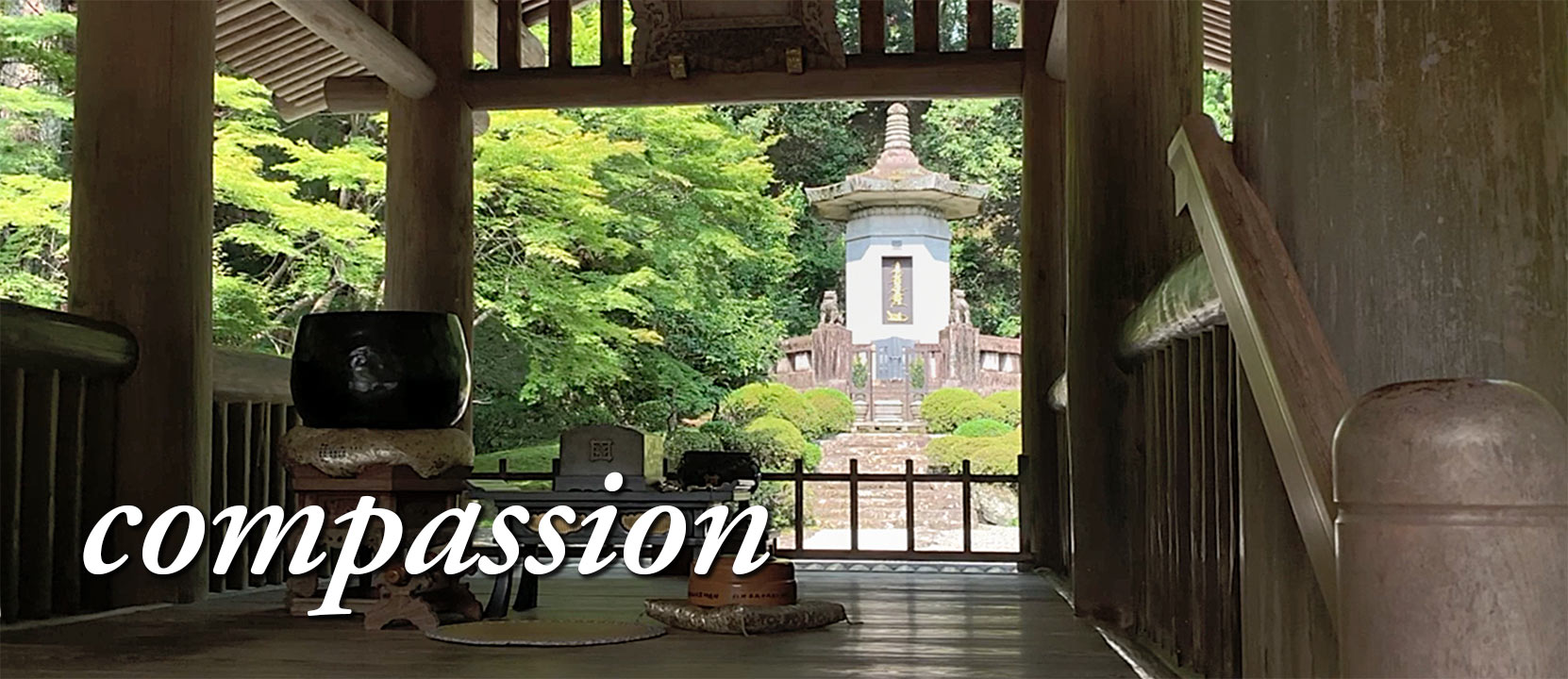Nichiren Shu News
2025.04.01
The April 2025 issue of Nichiren Shu News 267 is now available for download.




Nichiren Shu Buddhism is both a deep, spiritual practice and a way of living. One can spend a lifetime exploring the depths and nuances of the tradition. However, it’s also an immediate practice that powerfully engages each individual right from the start and gives each person a sense of connection to a wider community and a new way of thinking about life itself.
Our Founder, Nichiren Shonin, developed a practice that centers on the teachings of the Lotus Sutra and makes it possible for people to connect with its teachings and get on a path to revealing their true Buddha nature.
Nichiren Shu News
2025.04.01
The April 2025 issue of Nichiren Shu News 267 is now available for download.
Nichiren Shu News
2025.02.01
The February 2025 issue of Nichiren Shu News 266 is now available for download.
Nichiren Shu News
2024.12.01
The December 2024 issue of Nichiren Shu News 265 is now available for download.
Nichiren Shu News
2024.10.01
The October 2024 issue of Nichiren Shu News 264 is now available for download from the NBIC Store.